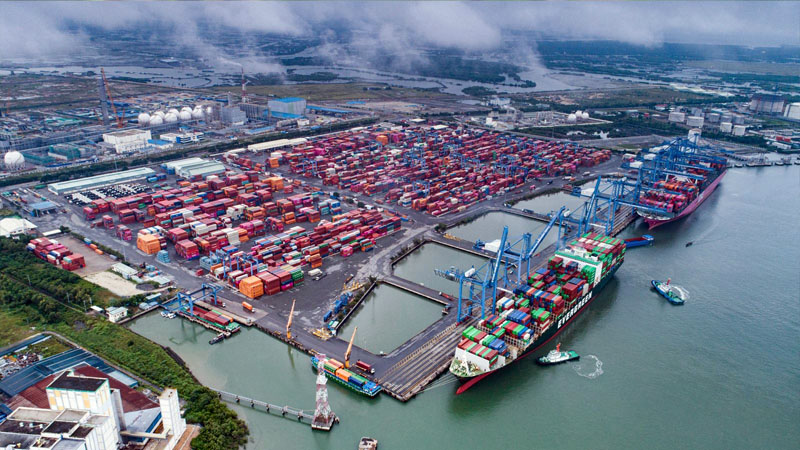Exclusive content

Vietnam’s shrimp industry is entering its peak season, with exporters employing competitive pricing strategies and long-term contracts to meet ambitious growth targets. Despite global economic challenges, shrimp export values surged in August, offering a glimmer of hope for achieving the sector’s goals.
A Strong August Rebound
According to the Vietnam Association of Seafood Exporters and Producers (VASEP), shrimp exports hit their highest value this year in August, totaling USD 380.3 million, a 30.2% increase compared to the same period in 2023. This surge was largely driven by a strong recovery in the second quarter, as businesses tapped into new markets like Canada, the UK, and China, while maintaining their presence in traditional ones such as Japan and South Korea.
Bien Viet Nhu, CEO of South Vina Shrimp (SVS), noted that the company’s exports grew by 6.8%, with key markets like Canada and China showing remarkable gains. Canada saw a 46.2% increase, while China grew by 16.8%, despite being a relatively minor market for SVS. “We also saw growth in the EU, which expanded by 12.6%, though unevenly,” Nhu said.
Government Policies Spur Demand
Nhu attributed much of this success to stabilising policies in various countries that have curbed inflation, reduced unemployment, and supported consumer demand. As global economic conditions improved, shrimp consumption began to pick up in several regions.
Looking ahead to the final months of the year, SVS will continue to focus on key markets such as Japan, South Korea, and the EU. The company has also taken steps to manage risks by stabilising raw material supplies, improving production control systems, and addressing labour shortages through recruitment and training initiatives.
Challenges Looming for Year-End
While demand for shrimp imports is expected to rise as the year draws to a close, Vietnamese exporters face a range of challenges. Rising sea freight costs, global conflicts, and adverse weather conditions—particularly heavy rainfall in August and September—could impact shrimp farming output.
Despite these headwinds, Phung Thi Kim Thu, a market expert at VASEP, remains cautiously optimistic. “We expect value-added products to perform better due to low stockpiles. Many companies have signed year-round contracts and increased raw material reserves, which could help mitigate some of the risks,” she said. The industry’s USD 4 billion export target for 2024 remains within reach if market conditions improve in the final months.
Diversification and Quality Enhancement
Viet Uc Seafood Corporation, another major player in Vietnam’s shrimp sector, is also focused on boosting exports. CEO Tran Be Sau emphasised the company’s commitment to managing the entire shrimp value chain, from broodstock supply to the final product. This ensures a high-quality, antibiotic-free product that meets international standards for cleanliness and traceability.
In addition to improving product quality, Viet Uc has diversified its markets to reduce dependence on any single region. While the US market is expected to experience a slight uptick in demand during the holiday season, price competition from Ecuador and India remains fierce. Similarly, the EU market, despite facing difficulties from the Russia-Ukraine conflict, is showing signs of recovery, particularly for value-added shrimp products.
Managing Risks in a Volatile Market
Both SVS and Viet Uc have implemented risk-hedging strategies to cope with market fluctuations. These include securing long-term contracts with logistics providers and using financial tools to manage currency risks. With these measures in place, Vietnamese shrimp exporters hope to navigate the volatile global market and close the year on a high note.